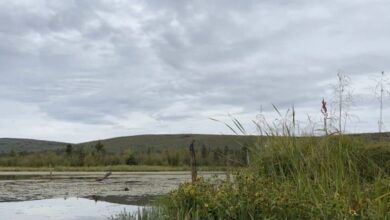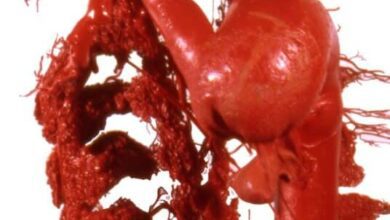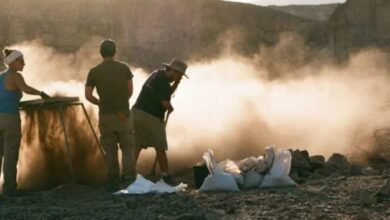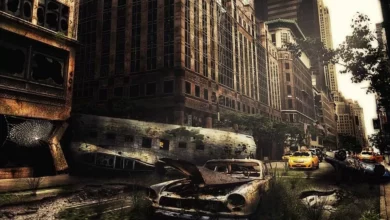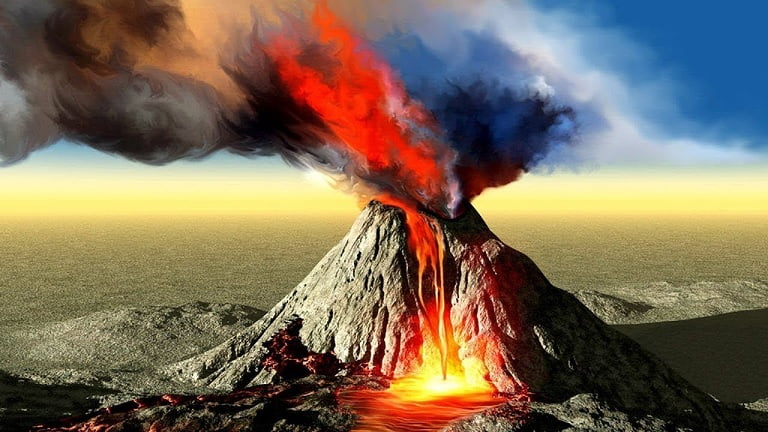
Scientists have figured out what happens under the volcano before it erupts
(ORDO NEWS) — Scientists looked inside the volcano to trace the formation and path of magma, as well as how a complex underground system of tunnels transports it to the surface.
Have you ever wondered what actually causes magma to burst out of a volcano into the air with great force and then spread over the entire surface?
Now scientists have looked inside the volcano to trace the origin and path of magma, and have revealed the details of the ongoing processes under the surface of the planet.
Scientists at the University of Cambridge studied the chemistry of lava and volcanic gases at the time of the eruption, producing a real-time picture of churning beneath the surface before a volcanic eruption . They found that these eruptions are fed by complex systems of channels.
The results of the study were published in the journal Nature. The work is based on an analysis of volcanic activity on the Icelandic peninsula of Reykjanes, where an eruption occurred in 2021.
Based on geochemical studies and analysis of basalts, the study obtained unique information about the processes occurring in the volcano during the first 50 days after the eruption.
The 2021 eruption of the Fagradalsfjall volcano on Iceland’s Reykjanes peninsula was unusual as it came after centuries of lull and the magma was coming from a deep reservoir about 15 kilometers below the surface. The team analyzed not only the escaping magma, but also the details of the gas emissions.
The researchers found that in the early days of the explosion, magma moved around the boundary between the crust and the underlying mantle (thick rocky layer) that makes up most of the Earth’s interior. However, over time, the source went to a greater depth.
“We have known for a long time that magma emanating from the mantle is changeable.
But we had to work hard to understand how this complex mixing occurs,” said John McLennan, professor at the Cambridge Department of Geosciences.
The study confirms that in as little as 20 days, new magma can enter a deep reservoir and rapidly mix with existing magma.
—
Online:
Contact us: [email protected]
Our Standards, Terms of Use: Standard Terms And Conditions.



